I want to use R to visualise and calculate the correlation of one variable data[1] to many other variables data[2:96]
I am already aware of what packages such as psych and PerformanceAnalytics have the Pairs function.
Ideally, I would like to output a graph like that Pairs outputs, but only for the correlations between data[1] and each of data[2:96], not for each of the elements of data[1:96] with itself, that would take up too much space. Any ideas on this would be appreciated.

